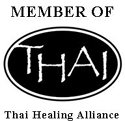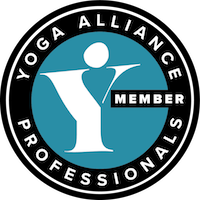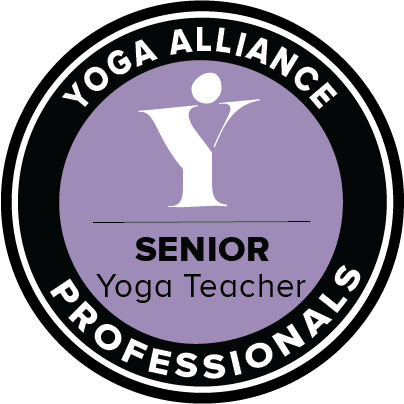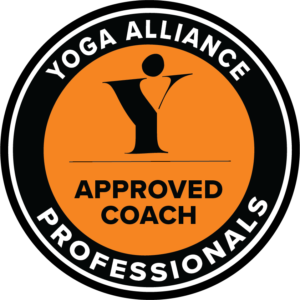Yoga?
Hear the word Yoga and the first thing that will come to mind is someone doing a posture especially with how popular it has become in the last few years, this has led to the perception that Yoga is posture and posture is Yoga but not much else. The emphasis on the postural side of Yoga has only come about within the last 100 years with early pioneers such as Sri Yogendra, Swami Kuvalayananda and more recognized Indian teachers such as Swami Sivananda, T Krishnamacharya who taught Pattabhi Jois, BKS Iyengar, Indra Devi etc.
As Yoga started to spread in the 50’s and 60’s through to the current time this has spawned just about every variation to Yoga with a different label put in front of it for marketing purposes. When the labels are stripped away all is left most times is just postures done in a slightly different way, it can get quite confusing. There have been many influences from both east and west which make Yoga practice what it is today and Yoga in the modern world has truly become global, branded and a huge market and due to the fast pace of life is needed now more than ever.
Modern approach vs. a few 100 years ago or more?
Modern Yoga evolved mainly out of the Ha-tha Yoga tradition which in turn evolved from Tantra sometime between the 10th and 11th centuries and was passed on from Guru to student on an individual basis. In this tradition there was less emphasis on the postures which made up around 15% of the tools used by the Yogi but incorporated a much wider range of practices which were kept secret due to powerful effect they have on the practitioner such as Pranayama, Bandha, Mudra etc. In the medieval texts on Yoga there were very few Asanas all of which were seated postures and out of those only a few were considered important. The term Ha-tha literally means ‘forceful’, however this does not mean to force any posture or practice, it most likely refers to the practitioner using the Yogic ‘tools’ for the manipulation of energy through what they referred to as Nadis for spiritual awakening, it was a very esoteric practice.
Asana comes from the root word ‘As’ which means ‘to sit’ and go back further it appears that there were even less postures and Yogi’s were mainly concerned with a seated meditation practice and renunciation from the world. Depending the time Yoga has been practiced differently but the same outcome is generally the same.
Yoga in a nutshell
Yoga is a practice and also a state of being, the practices mentioned above and there are plenty more are merely ‘tools’ which enable the practitioner to: (and this is a very brief summary depending on how far to take the practice!)
Become more aware of themselves on various levels from the physical (body) to the subtle (mental).
Self improvement, to become healthier, reduce anxiety, mental, emotional and physical wellbeing.
To improve relationships, firstly with yourself and with others, to become a better person, if this doesn’t happen over a period of time then what’s the point of all this posture work etc?
Ultimately?
The joining together of the individual consciousness with the universal, to ‘wake up’ to the present moment and understand that you are the fabric of reality and not separate from it, to reduce the sense of ‘I am-ness’, ego etc, to know at the deepest level you are part of the dance of the universe. Deep stuff!
To learn more about the history of Yoga I can highly recommend ‘The truth of Yoga’ by Daniel Simpson, to find out more and purchase visit danielsimpson.info
Get in touch
For information on classes and events, or to book, please don’t hesitate to contact me.




